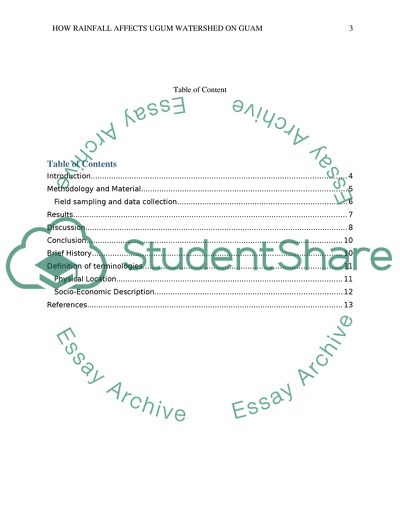Cite this document
(How Rainfall Affects Ugum Watershed on Guam Research Paper, n.d.)
How Rainfall Affects Ugum Watershed on Guam Research Paper. https://studentshare.org/biology/1841864-how-rainfall-affects-ugum-watershed-on-guam
How Rainfall Affects Ugum Watershed on Guam Research Paper. https://studentshare.org/biology/1841864-how-rainfall-affects-ugum-watershed-on-guam
(How Rainfall Affects Ugum Watershed on Guam Research Paper)
How Rainfall Affects Ugum Watershed on Guam Research Paper. https://studentshare.org/biology/1841864-how-rainfall-affects-ugum-watershed-on-guam.
How Rainfall Affects Ugum Watershed on Guam Research Paper. https://studentshare.org/biology/1841864-how-rainfall-affects-ugum-watershed-on-guam.
“How Rainfall Affects Ugum Watershed on Guam Research Paper”. https://studentshare.org/biology/1841864-how-rainfall-affects-ugum-watershed-on-guam.


